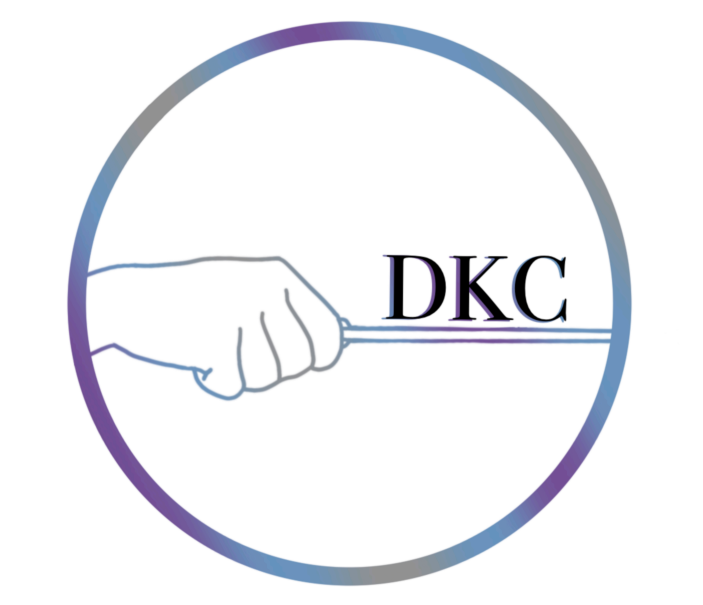Transcription Project - Post #7
Project Overview
This has been a special semester for me at the University of Arizona. As part of my performance degree, I am required to perform two solo recitals, one each in my third and fourth year. Thanks to my flexible and encouraging professor, Dr. Brian Luce, I have been able to program my own recital with works that speak to me. One such piece is Huascar Barradas’ Pajarillo con Bulería, a high-energy work that was written and performed by Barradas and his band. His phenomenal playing coupled with the intricate, playful, and exciting writing has given this piece a special place in my heart and I knew from the first listening that I would want to perform it. The only thing standing in my way was that it hadn’t been written down!
This set off my journey to transcribe the flute part and pair it with a collaborative percussionist to give me the tools to reproduce the work for my own enjoyment and that of my audience. The transcription was an incredibly long and involved process but I was quite satisfied with the result. Pairing it with the brilliant playing of Katelynn Ward has proved to be a rewarding and stimulating collaborative experience.
Putting on the Finishing Touches
Due to the largely improvisatory nature of the work, Katelynn decided it would be best to develop an understanding of the form of the piece and write grooves that she could use to match each section and expand upon at will. During our first rehearsal, outlined in Post #6, the primary focus was agreeing on the different elements of the piece and coming to an understanding of my vision for it. She taught me a great deal of information about Latin American and, more specifically, Venezuelan percussion and its role in an ensemble and helped me to understand her approach.
In the rehearsal this week, we went into it with a comprehensive understanding of the piece and focused on adding flair with moments of unison or predicted figures. We lined up a few sections, clarified rhythms, and focused on having fun throughout the piece. Below are a few clips from this session.
In this first clip, Katelynn stops to clarify a rhythm that I was playing inconsistently with what I had written on the page. One of the most fascinating parts of this process has been that, even though I consider myself to have a decent sense of pulse, the way that I approached this piece had a very loose relationship with consistent time. This was not an issue in personal practice but, when paired with Katelynn’s steady eighth’s or syncopated figures, we lose one another when I am inconsistent. I decided on an interpretation and a method of communicating it and we figured out how this section would be played.
This clip is the opposite of the last in that Katelynn is teaching me her opening rhythm. Since she establishes the groove after the intro throughout a couple of my rests, I wanted to make sure I understood each component of her layered rhythm to be confident in how my part would work around it. She works me through the primary metric figure - off beats in her ankle bells - and the two-bar groove that she plays on the djembe. This gives my own performance a lot more depth because it is more intentionally aligned with her playing.
In this final clip, our collaborative effort is on full display as we come up with some alternate ideas for this energy-building section. We stray from the recording which at this point utilizes a full drum kit and Katelynn uses the effect of thinning out the percussion texture to allow it to build. We run this idea and I use my body to show where I release from the ambiguous trill. It was moments like these that helped make this feel like our own as well as a celebration of Barradas’ initial work which was an outcome that I did not foresee.
Looking Ahead to the Performance
This set of rehearsals is the final step before the performance of this work and the horizon is closer than ever. It is incredible to reflect on this experience and the way that this piece has turned from something that surprised and moved me into something that is really comfortable and familiar under my fingers. I look forward to bringing the same sense of excitement to my recital audience and letting it energize my overall performance.
